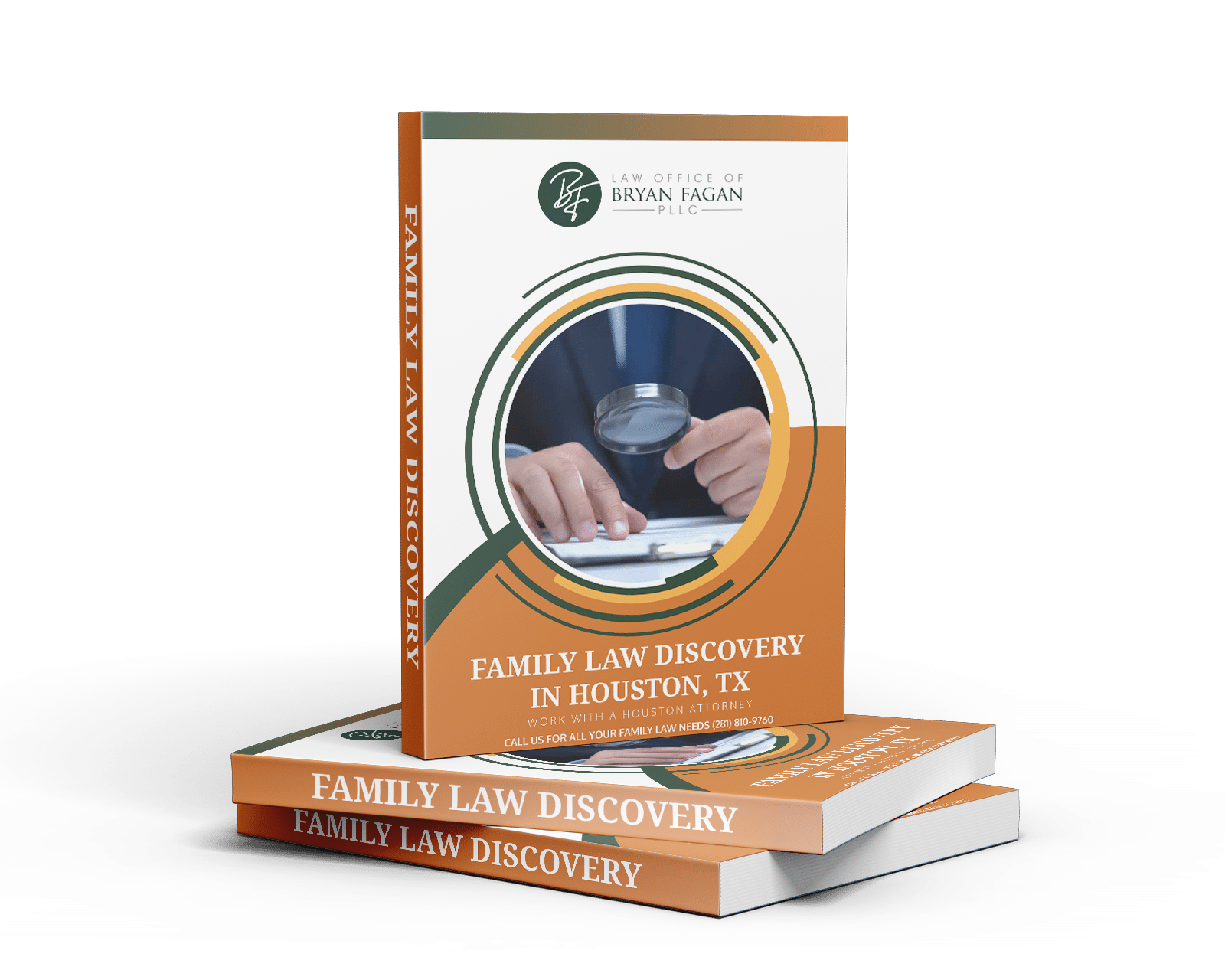
Going through a divorce in Texas involves several legal steps, but understanding the key documents can make the process smoother. This guide provides essential Texas divorce process tips, offering a clear and easy-to-follow overview of filing for divorce in Texas, with a focus on the necessary procedures and paperwork involved. If you’re aiming for a cost-effective divorce, we’ll highlight strategies to minimize expenses while safeguarding your legal rights throughout the process.
From the role of a divorce lawyer to filing key legal documents and understanding the roles of the petitioner and respondent, we’ll cover the fundamental aspects you need to know. We designed this guide to help you navigate the process with clarity, ensuring you are fully prepared for every stage of your divorce in Texas.
1. Choose a Divorce Lawyer Wisely
Divorce can be legally complex and emotionally taxing, making the role of a divorce lawyer invaluable. A lawyer offers more than legal representation; they guide you through the complexities of divorce law, safeguard your rights, and ensure your voice is heard at every step of the process. They can help you navigate the paperwork, understand court procedures, and negotiate terms regarding assets, child custody, and support. With their expertise, they can turn a bewildering process into a more manageable journey, offering peace of mind that you’re making informed decisions.
2. Start the Divorce with the Right Documents
To initiate a divorce in Texas, the first step is filing the necessary legal documents with the court. This begins with the Original Petition for Divorce, a document that officially starts the divorce process. This petition includes vital information such as the names of both spouses, any children from the marriage, the grounds for divorce, and any additional requests from the court, like child custody or division of assets.
In some cases, a Temporary Restraining Order (TRO) might also be filed. This is a legal order used to maintain the status quo and prevent either party from making significant changes like disposing of assets or altering insurance policies while the divorce is pending.
3. Know Your Role in the Process
Filing for divorce in Texas involves two key roles: the Petitioner and the Respondent. The Petitioner is the spouse who initiates the divorce by filing the Original Petition for Divorce. The Respondent is the other spouse, who receives the divorce petition. Understanding these roles is crucial as it determines who starts the legal proceedings and serves the necessary documents to the other party.
4. Understand the Original Petition for Divorce
The Original Petition for Divorce serves as a formal notification to both the court and the Respondent about the intent to dissolve the marriage. This document outlines the basic information of the marriage, including personal details of both parties, dates of marriage and separation, and grounds for seeking divorce. It’s not a court order but a request to the court expressing the desire to end the marriage and detailing other aspects like child custody, asset division, and spousal support.
5. Be Aware of Filing Costs and Waiting Times
Filing for divorce in Texas comes with a cost. The petitioner must pay a filing fee, usually around $300, though this can vary by county. After filing, you must wait a mandatory 60-day cooling-off period before finalizing the divorce. This waiting period gives both parties time to reconsider their decision and make arrangements for life after the divorce. It’s a crucial time for negotiating settlements and custody agreements if both parties can reach a mutual understanding.

6. Choose Your Grounds for Divorce Carefully
In Texas, opt for a no-fault divorce if you don’t want to blame your spouse, citing irreconcilable differences. Alternatively, you can file on specific grounds like cruelty or adultery, which might influence the divorce outcome, especially in property division and custody arrangements.
7. Understand Property Division Isn’t Always Equal
Know that property division in Texas divorce cases isn’t automatically 50-50. The court looks at factors like each spouse’s income, reasons for the marriage ending, and future earning capacity. This means the division could be uneven but fair based on these considerations.
8. Make Informed Decisions on Children’s Issues
When children are involved, you must carefully decide on conservatorship and support arrangements. Texas usually favors joint custody, but in cases like abuse, one parent may get sole custody. Child support and visitation are based on the child’s best interests, so consider these factors thoroughly.
9. Utilize Temporary Orders for Stability
During the divorce process, use temporary orders to manage living arrangements, bill payments, and interim child custody and support. These orders help maintain stability and structure until the final divorce decree is issued.
10. Be Aware of How Attorneys’ Fees Work
Understand that you’ll generally pay your own attorney’s fees in a Texas divorce. However, if there’s a large income gap between you and your spouse, the court might require the higher earner to contribute to the other’s legal fees. Keep this in mind when budgeting for your divorce expenses.
11. Understand Temporary Restraining Orders (TRO)
Know that a Temporary Restraining Order in a divorce case is meant to maintain the status quo. It’s not a long-term solution but a short-term measure, typically lasting 14 days, extendable for another 14. A TRO is different from a protective order, which is more about safety and preventing harm.

12. Know the Limits Set by a TRO
A TRO in a divorce sets boundaries around your actions. It can limit how you interact with your children, manage property, and deal with finances. For instance, you might be restricted from selling property or making large purchases.
13. Follow Rules for Permitted Actions Under a TRO
Even with a TRO, you can still perform certain actions. You’re allowed to talk to your spouse civilly, spend time with your children, and handle necessary expenses. It’s crucial to stay constructive and avoid actions that could escalate tensions.
14. Seek Legal Advice for TRO Understanding
Getting legal advice is key to understanding the TRO and its implications in your divorce. A lawyer can explain what you can and cannot do under a TRO and help you navigate the complexities of your case.
15. Prepare for the Duration of Divorce Proceedings
Be ready for a potentially long divorce process. It’s important to plan for living under temporary orders, which might last for several months. Managing your day-to-day life effectively during this time is crucial for your well-being.
Conclusion
Staying well-informed and prepared is crucial when going through a divorce in Texas. Understanding each step, from Temporary Restraining Orders (TROs) to property division, can help you navigate the process more smoothly. For those seeking a cost-effective divorce, following Texas divorce process tips and seeking legal advice early can protect your rights and minimize unnecessary expenses. Making informed decisions throughout your divorce not only safeguards your interests but also helps you achieve a more efficient and affordable resolution.

eBooks
If you want to know more about what you can do, CLICK the button below to get your FREE E-book:.
Other Articles you may be interested in:
- Advantages of Filing for Divorce Based on a Specific Cause in Texas
- How filing for divorce in a certain state can affect you
- Everything You Need to Know About the Documents Needed for Filing for Divorce
- Retirement planning in a Texas divorce: a quick checklist to prepare for your case
- How the combination of an experienced family law attorney and mediator can cause your divorce to resolve quickly
- Quick and easy divorce? Read this to see if one is possible for you in Texas
- How to speed up your divorce in Texas
- 10 Quick Tips About Parental Visitation
- Property division in divorce isn’t always easy to work through
- Co-parenting made easy (well, easier, at least) in Texas
- Divorcing a narcissist isn’t easy-read this blog post to find out how to do it
- Is Divorce Easy?
- SUCH AN EASY DIVORCE? THAT HUSBAND MAY LOSE HIS HOUSE!
- The Cheap and Easy, Online Divorce Is Usually Anything But…
Frequently Asked Questions about Temporary Restraining Orders in Texas
A temporary restraining order is a court order that prohibits certain actions and behaviors during the course of a divorce proceeding in Texas. It aims to maintain the status quo and prevent either party from taking actions that could harm the other or disrupt the legal process.
No, a temporary restraining order does not appear on your criminal record in Texas. The court issues it as a civil order to regulate behavior during a divorce case, and it does not involve criminal matters.
Consequences of a restraining order in Texas can include legal penalties for violating the terms of the order, such as fines or even imprisonment. It can also impact child custody and visitation arrangements, property division, and other aspects of the divorce proceedings.
Yes, Texas generally considers restraining orders public records. The public can access them, but the court may redact certain personal information for privacy and safety reasons.
Temporary orders in a divorce case typically stay in effect until the court issues the final divorce decree. The court can also modify them if circumstances change during the proceedings.
A temporary restraining order in Texas typically includes details about prohibited actions, restrictions on property transfers, limitations on contact between parties, and other measures to maintain the status quo during the divorce process.
While both temporary injunctions and temporary restraining orders aim to regulate behavior, an injunction is a broader court order that may provide more extensive relief and can be issued at various stages of a legal proceeding, not just during divorce.
The duration of a restraining order can vary widely based on the specific circumstances and jurisdiction. In some cases, restraining orders may be issued for a few weeks to several years. Consult with legal professionals to understand the specific timelines in your jurisdiction.
The relevant family code provisions for temporary restraining orders in Texas can be found in the Texas Family Code, Title 5, Subtitle A, Chapter 6, Subchapter B.





